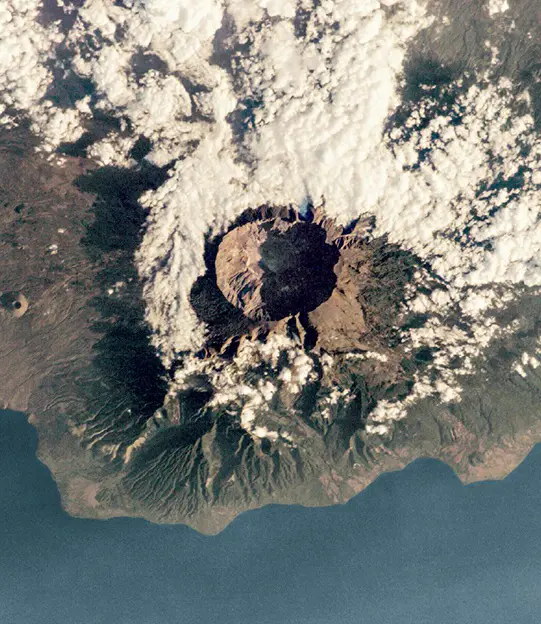The 1815 eruption of Mount Tambora, situated in the Pacific Ring of Fire, stands as the most powerful volcanic event in modern history. This cataclysm, with a Volcanic Explosivity Index of 7, dramatically transformed the 14,000-foot volcano, reducing it by a third. The eruption’s impact was far-reaching, with its sounds heard over 1,500 miles away and ash fall extending to 800 miles.
This devastating event led to approximately 10,000 immediate fatalities and an estimated 100,000 indirect deaths due to famine and disease outbreaks, including typhus and cholera. The immense quantity of ash and gases released into the stratosphere drastically cooled the global climate, resulting in the infamous “year without a summer” in 1816. This climatic anomaly triggered widespread crop failures and additional loss of life.
Today, Mount Tambora remains active, with a minor eruption recorded around 1880. Vigilant monitoring and stringent development restrictions by the Indonesian government aim to protect the nearly 10 million people living within the zone impacted by the 1815 eruption, highlighting the ongoing risks associated with this formidable volcano.

